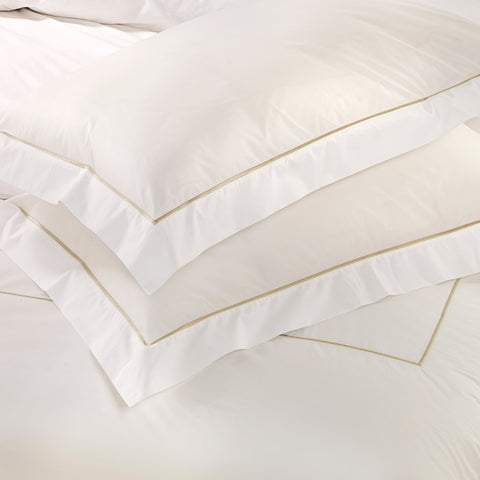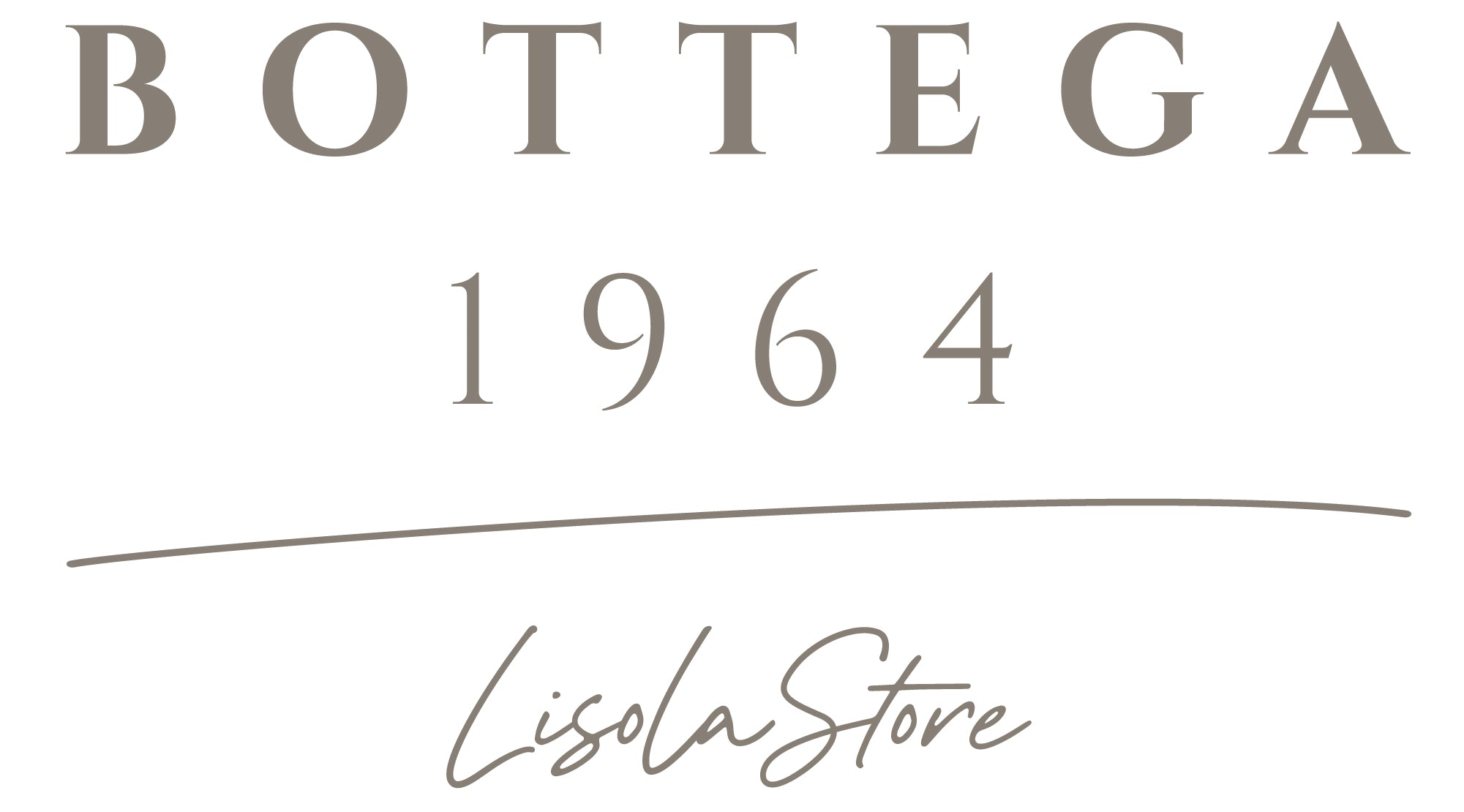It's not the pearls that make the necklace. It's the thread!
To create superior quality, precious and long-lasting fabrics, everything starts from a thread. The wire. In particular, cotton thread: the main fabric of Bottega 1964 and the most widespread in the world for the textile production of household linen. But where does cotton come from? How do you obtain a thin, elastic and resistant yarn? How important is the quality of the single thread and how is its value assessed? Let's take a little journey to discover the world of cotton.
Brief history of cotton

Where does the history of cotton begin ? It starts with a plant, Gossypium , which grows in the tropical and subtropical areas of the planet, favored by the hot and humid climate. The most widespread natural textile fiber in the world began to be used as a yarn for fabrics about 7000 years ago, among the Aztecs, but the first fabric finds are dated 2,700 BC and found in Pakistan. Used for centuries, cotton yarns reached their peak during the industrialization of Europe, thanks to the introduction of the mechanical Jacquard loom, which allowed the creation of complex fabrics in a short time.
Today, cotton is the most widespread fabric in the world, especially in the production of household linen; in fact, there are four characteristics that distinguish it among the best fine yarns for making sheets and duvet covers: mechanical resistance, a soft and breathable touch on the skin, stability, hygroscopicity and easy drying.
From cotton to yarn: how cotton thread is obtained
The cotton plant produces tender yellow flowers from which the fruits then come: seeds covered in cotton wool , flakes composed of soft white down. From the cotton wool, once collected and "ginned", filaments or cotton fibers are obtained : the longer these are, the thinner, smoother and more resistant the resulting yarn will be.
During carding , the cotton fibers are cleaned, untangled and arranged parallel to each other; in fact, during the combing phase, the filaments are "combed", so as to eliminate small imperfections and align the fibers perfectly. Finally, all the filaments, carded and combed, are condensed, passed through the spindle and the winding machine, and "spun" into a single string: the cotton thread. At the end of the process, the yarn is further checked to remove any imperfections or impurities, so as to return a thin, elastic and compact thread .

Title: the fineness, or “nobility”, of the cotton thread
The thinner and more cohesive a thread is, without broken fibers that make its surface rough, the more precious it will be. How is the value of the yarn measured? The parameter with which the nobility of the thread is indicated , i.e. how valuable and quality it is, is called " Count ", a data obtained from the ratio between the length and the weight of the yarn (m/kg). A high count indicates a fine yarn , on a scale ranging from 20 to 100: a count 60 thread will be thinner, and therefore more precious, than a thread count 40. It may happen, especially in Italy, to hear people talking about " Sateen Title 60”: here, in that case we are indicating the weave of the fabric, the Satin, made with a Title 60 yarn.

Long fiber cotton thread, or extra long
As has been said, to obtain a thin cotton thread you first need long and resistant cotton fibres: the best cottons in the world , for example, have an intrinsically high count and it is enough to indicate the name of the variety of cotton used to know that we are talking about fine and thin yarns. The ELS (extra long staples) fibres , which characterize Pima, Supima , Sea Island and Giza cottons , can measure from 34mm to 36mm . What differentiates these varieties of superior quality cotton from each other, in fact, is not in the intrinsic nature of the fiber obtained from the plants, whose species are today "related" to each other, thanks to the centuries-old research carried out to develop the best quality of cotton possible. The difference can be found in the techniques for collecting and processing the raw material, which vary depending on the country, the environmental conditions, the technologies used (or not used, as in the case of Giza, still harvested by hand) and the high standards of quality control, calibrated on the specific characteristics of the pure fibre.
The advantage of the fabric made with long fiber cotton is, as mentioned, greater resistance to wear and washing and a much softer touch. In fact, while a fabric made with short-fibre cotton will have a thin layer of fluff that escapes to the surface during the weft, fluff which with friction and washing will produce those unsightly dots, ruining over time, a fabric made with long-fibre cotton thread, or ELS, will not suffer from these problems, will not be subject to pilling and will last a long time over the years remaining beautiful and soft.
Textile armor, what they are and which are the most valuable
With a noble yarn, i.e. extremely thin and resistant, it is possible to create a precious and complex woven fabric. A textile weave is the process with which the fabric is created, i.e. the design and proportion of warp and weft threads: depending on their arrangement and the quantity of threads used, you will have a smooth fabric, such as satin of cotton , or opaque hand, such as cotton percale , of more or less high quality.
The quantity of threads in a fabric is indicated with the term Thread Count, or TC, which precisely calculates the number of threads per square centimeter (in English-speaking countries it could instead be calculated on the inch, so the conversion 1 cm 2 = 3,937 must be taken into account inch): The higher the Thread Count, the higher the quality of the fabric and weave. Textile weaves with a TC equal to or greater than 200 are considered fine fabrics.
 |
 |
| Cotton Satin: smooth hand woven textile, very bright. | Cotton Percale: delicate and fine, egg skin effect. |
Finally, a high yarn count combined with a quality textile weave allows for the creation of a soft and compact fabric, capable of resisting wear and washing for a long time and, even before, it becomes a real canvas. an artist on whom the experience of Italian manufacturing can create works of sartorial art: jacquard workmanship, inlays and lace applications, embroidery, perforations and jour stitches.
Quality and haute couture arise from the importance of the thread.

